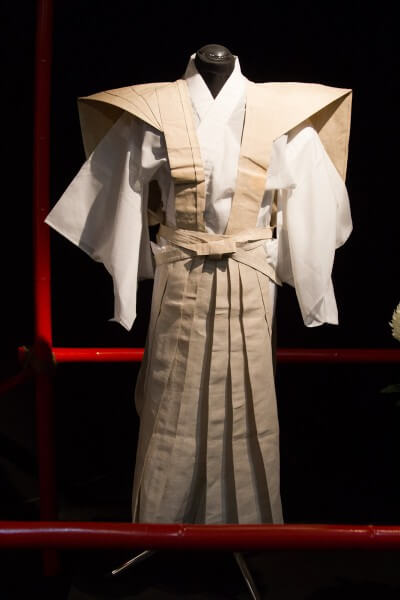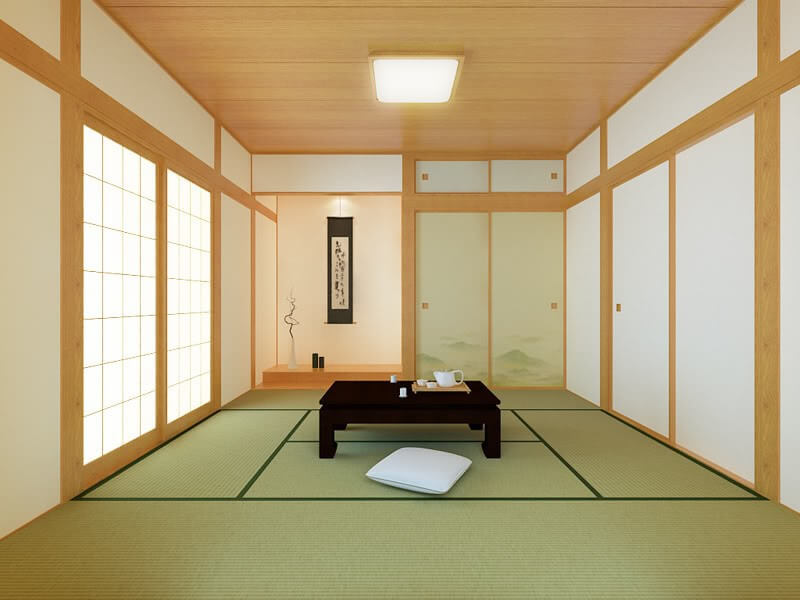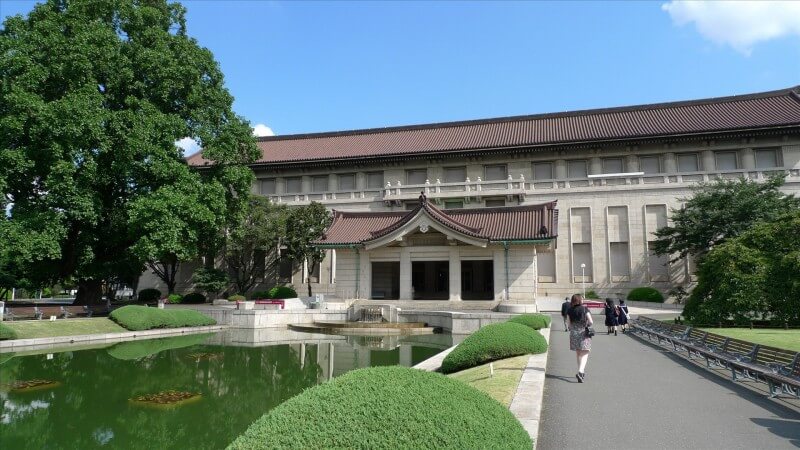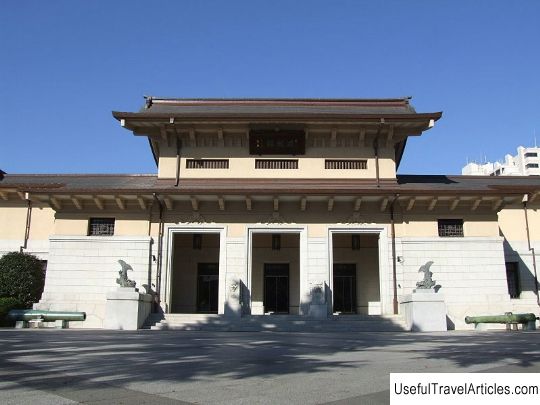Japanese calendar by years
Rating: 7,9/10 (5069 votes) 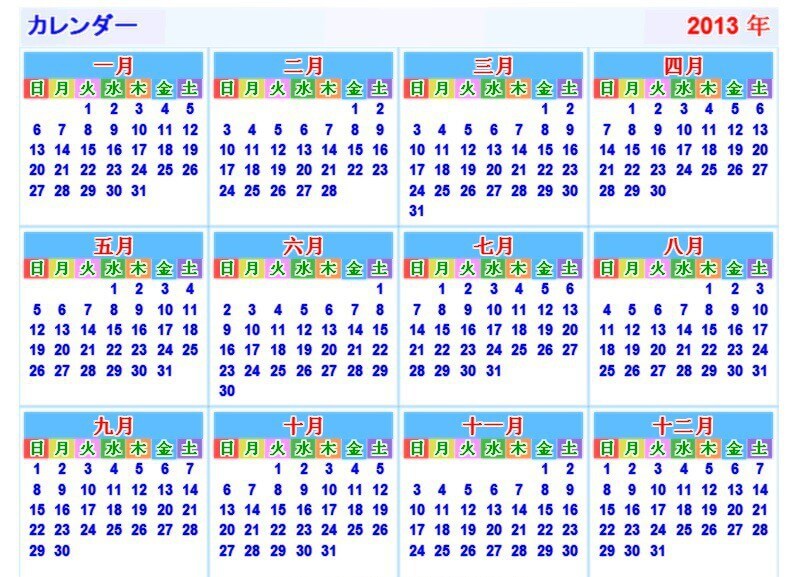  Modern Japanese calendar The Gregorian calendar is currently in force in Japan, which was adopted on January 1, 1873. Until that time, the Japanese used the traditional lunisolar calendar, which was based on the Chinese calendar. The old calendar is still used today, but mainly for astrological, ceremonial, and cultural purposes. And the system of counting years by emperors continues to be used in Japan today. Chronology When the Gregorian calendar was adopted, three different chronological systems were equally used in Japan: - in 660 BC. Emperor Jimmu founded the Japanese state, from this date originates the ancient unified system of Japanese chronology; - the reckoning starts from the beginning of the reign motto (nengo), thus, the years are counted from the beginning of the reign of the new emperor. For example, in 1989, the Heise period began, the motto of which is"Peace and tranquility", this is the beginning of the reign of Emperor Akihito; - the third system of chronology begins from the Nativity of Christ – our era. The first chronology system, which begins from the founding of the Japanese state, was used until the end of World War II and is now not used. But the other two are still in use. Months and seasons The name of the months in Japan means in translation from Japanese"1st moon","; 2nd moon '' etc. The month number is combined with the suffix moon (gatsu). Thus, January sounds like ichigatsu, February – nigatsu, etc. Arabic numerals are often used to denote months, and this is considered the norm. In the Japanese traditional calendar, each month has several names that are unique to it, they reflect the signs of the season, rituals, customs , what agricultural work is being done. The old Japanese calendar was based on the Chinese lunar calendar. According to this calendar, the year starts 3-7 weeks later than the Gregorian calendar. Therefore, according to the old calendar, January is not the first month.  Chinese lunar calendar In addition, in Japan, the year is divided into 24 seasons, according to the calendar borrowed from the Chinese. These seasons are taken into account when choosing kimonos and hair ornaments, especially geisha. Weeks Every day in the month has a systematic name. The first day of the month is called tsukitachi, which in its diminutive form sounds like tsuitati. The last day of the month is called misoka. The name misoka is often used when drawing up agreements, contracts and other documents, thus defining the date as the last day of the month regardless of the date. The last day of the year is called omisoka, and this term is also widely used.  Japanese old lunar calendar in a diminutive form it sounds like tsuitati. The last day of the month is called misoka. The name misoka is often used when drawing up agreements, contracts and other documents, thus defining the date as the last day of the month regardless of the date. The last day of the year is called omisoka, and this term is also widely used.  We also recommend reading Ikebana - what it is Topic: Japanese calendar by years. |
